Lives are being put at risk by reckless daredevils jumping from the main pier in front of boats at St Andrews Harbour.
The stark warning has been sounded by St Andrews Harbourmaster John Lambert who fears someone will be killed or seriously injured unless the practice stops.
Leaping into the sea from cliffs or piers, known as “tombstoning”, has long been an issue.
Fears of fishing boat propeller strike
Now, Mr Lambert has expressed concerns about the risk of a propeller strike caused by young people playing “chicken”.
Last summer he said there were complaints of youngsters “deliberately” jumping from the main pier in front of fishing boats as they navigated the narrow, tidal channel.
With the good weather, lighter nights and school holidays approaching, there are fears that a repeat could end in tragedy.
“Some pier jumping goes on all year round,” said the former RAF Leuchars chief technician and St Leonards School economics teacher, who has been harbourmaster for 18 months.
“But it builds up as the weather improves in spring and into summer.
“Mostly it’s harmless fun on a warm day.
“But last summer, and on a few occasions the year before, there were occasions when large groups were deliberately jumping close to incoming and sometimes outgoing vessels.
“Fishermen had been moaning about it.
“Then one day last August it happened to me as I entered the narrow channel on my yacht.
“I clearly heard someone shouting ‘1-2-3- Go’ just as five lads all bombed close around the boat.
“There was a mob standing on the pier.
“It wasn’t simply a case of them being unaware the boat was coming in. It was clearly deliberate. They were playing ‘chicken’.”
Little room for boats to manoeuvre
Ten creel boats and 35 leisure boats are berthed at historic St Andrews Harbour, where the Kinness Burn flows into St Andrews Bay.
Boats entering the narrow channel line up with sector navigation lights that flash from the slope behind Shorehead.
With St Andrews Harbour being tidal, the waters rise and fall by several metres, leaving little room for manoeuvre.
While many of the boats are relatively small, several vessels have twin outboard engines at the back.
If two people jump in front and to the side of such a boat, he said, any attempt to swerve would likely swing a propeller into a person.
Mr Lambert, who has had a yacht in the harbour since 2010, also points out that boats don’t have brakes.
The only way to stop is to put the boat into reverse.
Many boats don’t have a rudder.
While some, like his own, can be put into neutral and still be steered, the larger ones steer by deflecting wash from their engines.
If the engines are switched off, they lose all steer.
If a boat does stop, the moving water mass can still move it some distance.
Risk of serious injuries
“Whichever way you look at it, for anyone in the water, there’s danger of being hit by a boat or hit by a propeller which will almost always be fatal,” he said.
“When some people see propeller strike injuries, they think it’s a shark bite!
“At best they could sustain serious concussion which is not good for someone in deep water.
“There’s also the danger of back injuries from jumping and cold water shock.
“This is not about me spoiling peoples’ fun when they are having a dip on a hot day.
“This is about people deliberately targeting boats as they pass the end of the pier, and not thinking about the consequences of their actions.”
Previous harbourmasters who confronted ‘tombstoners’ at St Andrews have been “verbally abused”, he said.
Some fishermen have suggested calling the police.
What can people do to stay safe?
When Mr Lambert spoke to the Coastguard about last year’s St Andrews problems, it emerged there had been similar issues at Stonehaven and Arbroath.
Mr Lambert said there needs to be an “educate, explain, enforce” strategy.
His advice to fishermen is to call the Coastguard on their non-emergency number as soon as any such incidents happen.
“If they are not stowed out with real emergencies they will look favourably to some kind of patrol that would explain, educate,” he said.
“We are all keen to get the safety message out there.”
Contacted by The Courier, the Maritime and Coastguard Agency said it would prefer not to comment on the specific St Andrews issues raised.
However, as the Coastguard gears up for a busy summer season, there is general safety advice they are keen to highlight.
What does the Coastguard think?
One man at the forefront of getting the safety messages across is Robbie Robertson, the Maritime and Coastguard Agency’s coastal operations area commander responsible for the east of Scotland.
“The agency’s view regarding tombstoning is that you shouldn’t be doing it,” he said.
“When people get it wrong, they don’t know their own capabilities, they don’t know their own limitations in the water.
“Of course the danger jumping off from any kind of height is ‘what’s under there’?
“Other things to bear in mind: what’s the state of the tide?
“If the water is too shallow, will it lead to back and leg injuries?
“There’s cold water shock as well.
“The other obvious one is when alcohol starts coming into it.
“People think they can do things more safely than they can.”
Mr Robertson said that from an agency perspective, the advice for anyone seeking the “thrill” of tomb stoning is to go coasteering through an organised group instead.
What does the Coastguard do?
The Courier sat down for a chat with Mr Robertson, 62, at the St Andrews Coastguard rescue station, which overlooks the East Sands and is in sight of the harbour.
Originally from Moffat and then Dumfries, he served in the Royal Navy for 10 years working in communications – including service in the Falklands War of 1982.
He came out of the navy in 1988. Keen to continue using his naval communication skills, he joined the Coastguard.
He served at Oban for 3.5 years. He was then based at the former Fife Ness Coastguard station from 1992 until 1997.
Mr Robertson explained that within the Coastguard there’s the ‘maritime’ and the ‘coastal’ side.
He always wanted to go out and work with the volunteers, and he got that opportunity in 1997, including a spell working at St Andrews.
“The UK Coastguard is broken up into six divisions,” he said, “and each division has about three or four areas.
“We are Area 4. As commander, I’ve got four full time officers.
“They are the day to day in charge of the teams. But it’s more than that.
“We have to liaise with local authorities, police, emergency services, the RNLI, anyone that’s involved in search and rescue.
“It’s the management of the equipment in terms of teams as well.”
Volunteer works as physics lecturer
Cameron Rae, 57, has been Coastguard station officer at St Andrews for 14 years.
Originally from Larbert, the leisure sailor has lived for over 30 years in St Andrews where he’s a physics lecturer at the University of St Andrews.
He describes the university as “very good and very supportive” when it comes to him being on call.
Mr Rae explained that different parts of the coast have different issues.
However, every Coastguard team is trained for water rescue, first aid and casualty search.
Depending on the geography, Coastguard teams also have a specialism.
The St Andrews team, for example, is trained in rope rescue.
This reflects their proximity to the likes of the Elie Chain Walk and their ability to link up with the Arbroath team should an incident arise, for example, at the Arbroath cliffs.
“We’re also trained for mud rescue,” he said.
“Part of that is in relation to Dundee Airport in case there’s an overshoot into Invergowrie Bay.”
Responsible for range of tasks
The St Andrews Coastguard station is responsible for the coast stretching from the south side of the Tay at Perth round to Anstruther.
It typically averages 100 rescues per year which is on the “busier side of average”.
Boundaries, however, are “greyer than they used to be” with local teams helping each other out when required.
“The range of tasks is really quite diverse,” said Mr Rae.
“We have people falling from cliffs or water rescue type cut offs.
“We’ve got the Eden estuary.
“It’s a weird thing when water comes in behind you because you are never sure – is that six inches deep or several feet deep?
“Search is the other thing that more often than not keeps us busy.
“It could be coastal, it could be inland.
“That can be anything from somebody just getting lost – Alzheimer’s cases – to kids getting lost on the beach.
“Sadly, one of our bigger number of call outs each year is incidents on the Tay Road Bridge and Dundee quayside…”
Mr Robertson said their season definitely gets busier as the weather improves.
The message he’d like to get across, however, is that they don’t want to be called out at all.
That’s not because they don’t care!
They just want people to respect the coast, read any warning signage and do their research before they go out.
“There’s been a big spike in people getting blown offshore on inflatable paddle boards,” he said.
“People not having any knowledge of the tides, the wind, or their own capabilities.
“Another general thing is the mix of groups and activities that can be going on.
“The East Sands, for example, is a family friendly beach.
“But then you’ll get people casting fishing lines when children are swimming in the water.
“Nobody has a God-given right to do any one thing.
“But just a little respect for where people are and what they are doing goes a long way.”
Tragedies, ‘close-calls’ and successes
St Andrews Coastguard has dealt with its fair share of tragedies.
Students have died after falling off the cliffs, for example.
The Fife Coastal Path, which has remote sections, can also catch people out if they twist an ankle.
His advice to walkers is make sure you have a charged phone and someone knows where you are.
There have been a few “close calls”. For example, husband and wife doctors who “should have known better” once got into difficulty at the Eden estuary as the tide rose.
The disoriented wife walked back in while the husband washed ashore clinging to a fish box near Easter Kincaple farm.
But there are also the success stories.
For example, at the annual St Andrews May Day dip a few years ago, five students got into difficulty and had to be rescued.
They underestimated the falling tide and their own limitations, and couldn’t get back to shore.
Mr Rae said one of the “most amusing” stories was a young couple who got trapped on the Elie Chain Walk then got stuck after trying to climb the cliff.
It turned out they were on a first date!
He also recalled an overweight man who jumped over a boulder at Tentsmuir and badly injured his leg.
He had to get rescued by helicopter – much to the delight of his children who enjoyed the airlift.
So what’s the safety advice?
“To sum up, check the weather and tides,” said Mr Robertson.
“From the family side, everyone wants to go to the beach.
“So go to a lifeguarded beach. We’ve got East Sands, West Sands, Broughty Ferry, Elie. There are people there whose role is looking out for you.
“If you are going for longer walks, be prepared.
“If are walking the cliffs with a dog, keep them on a lead.
“We’ve had numerous cases where dogs have gone in. They are usually fine.
“It’s the owner who wants to go and try and get them that finds themselves in trouble.
“That includes going into the sea.
“Have fun but have safe fun. Don’t rely on the others. Rely on your plan.
“In spite of that, if the worst comes to the worst, dial 999 and ask for the Coastguard.
“That’s the quickest way of ensuring you get the correct response.
“We don’t want to have to respond. But we will if it comes to it.”
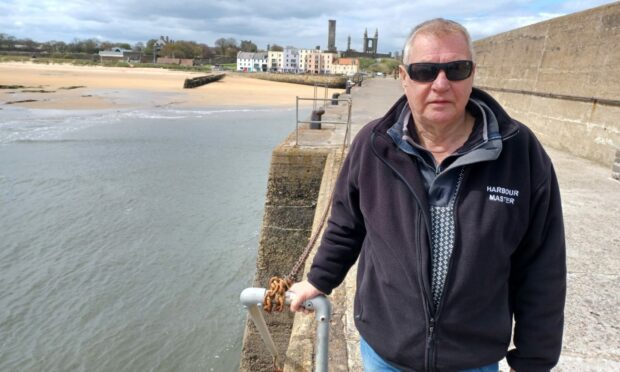
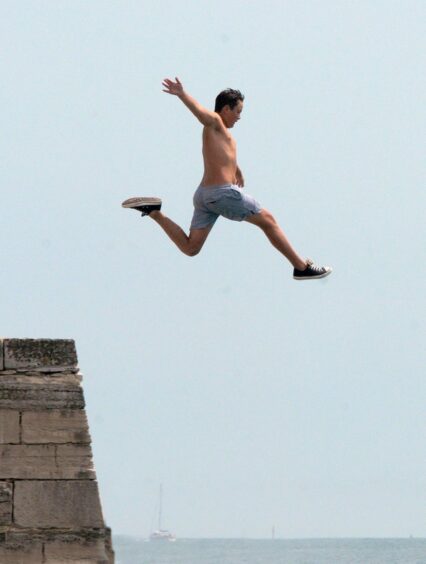
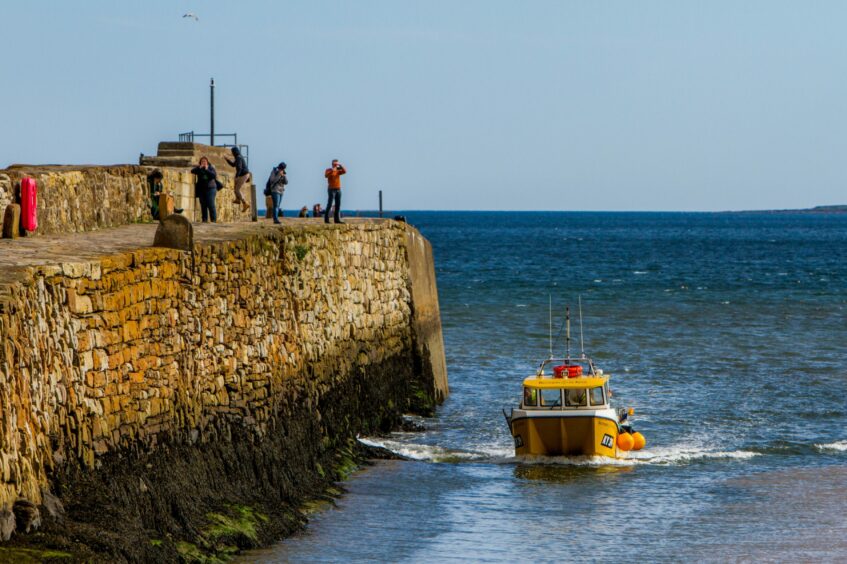
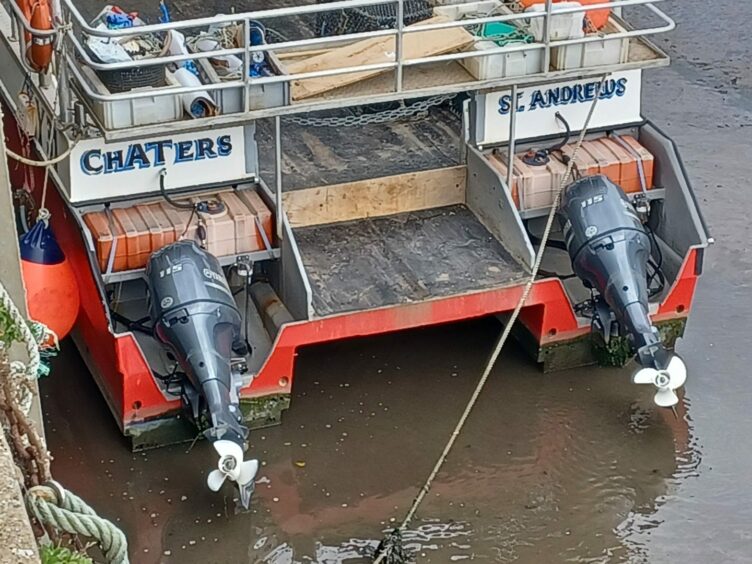
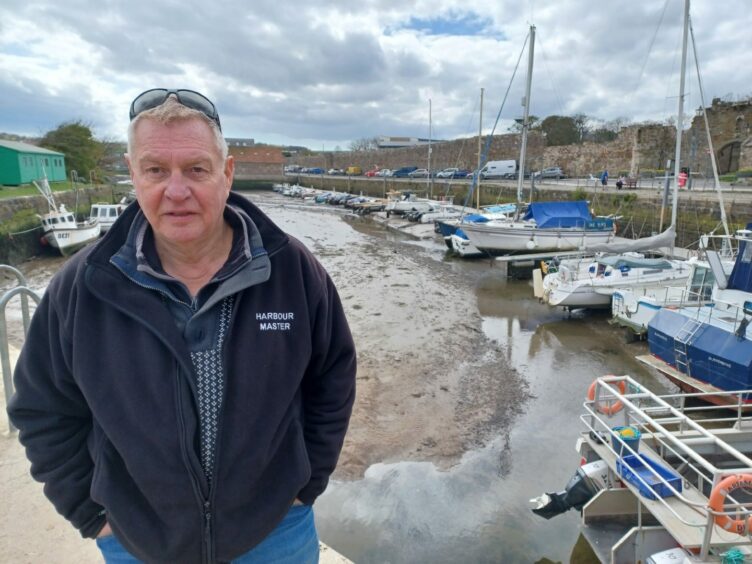
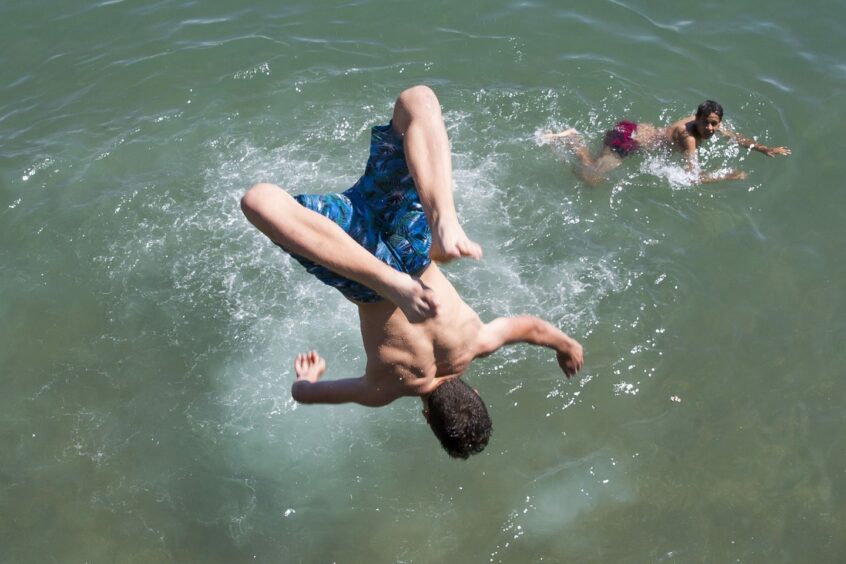
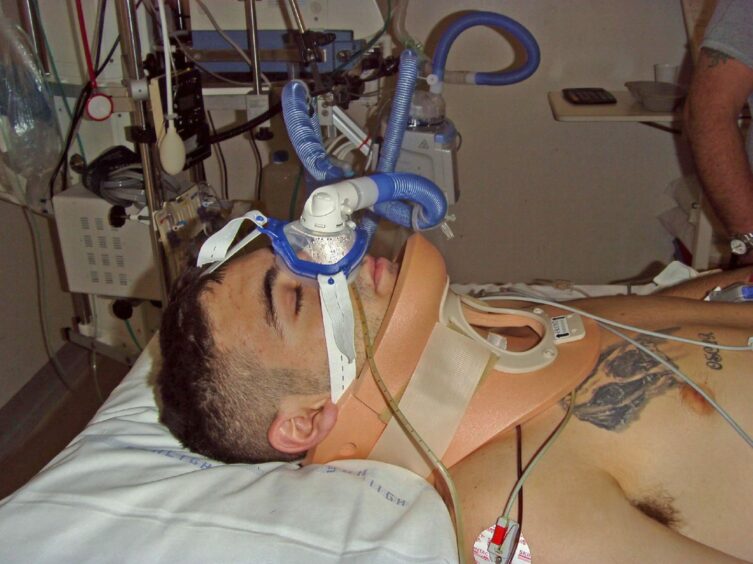
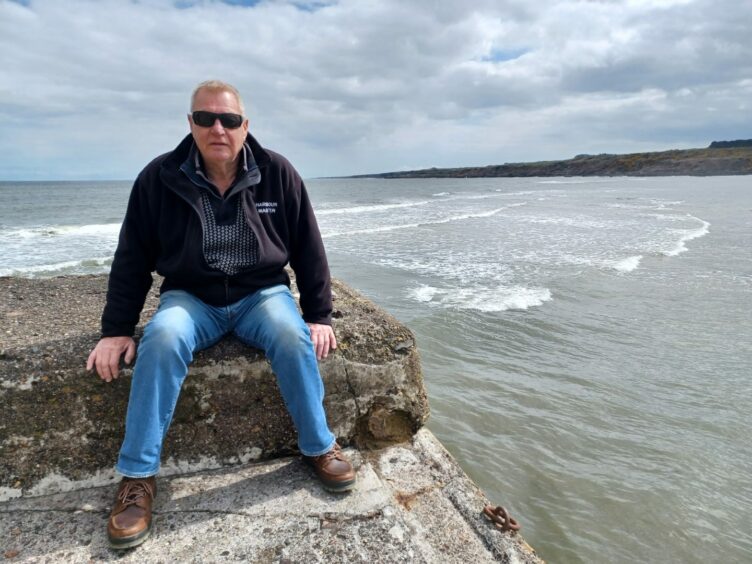
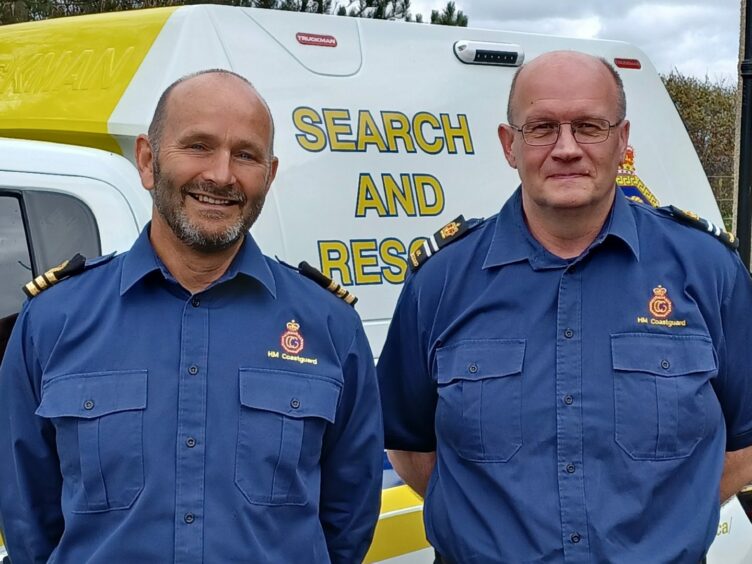
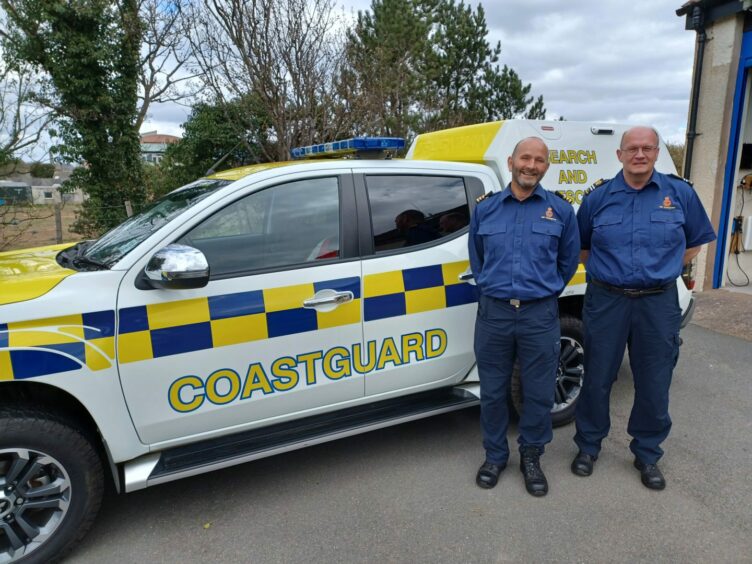
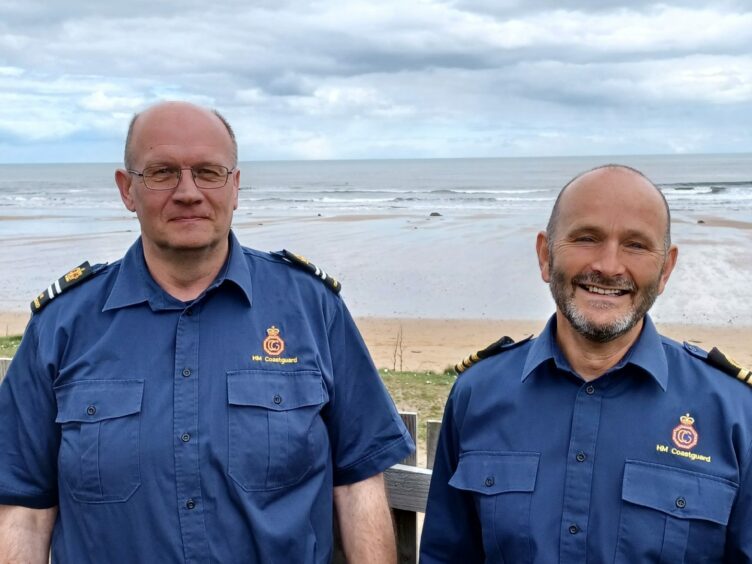
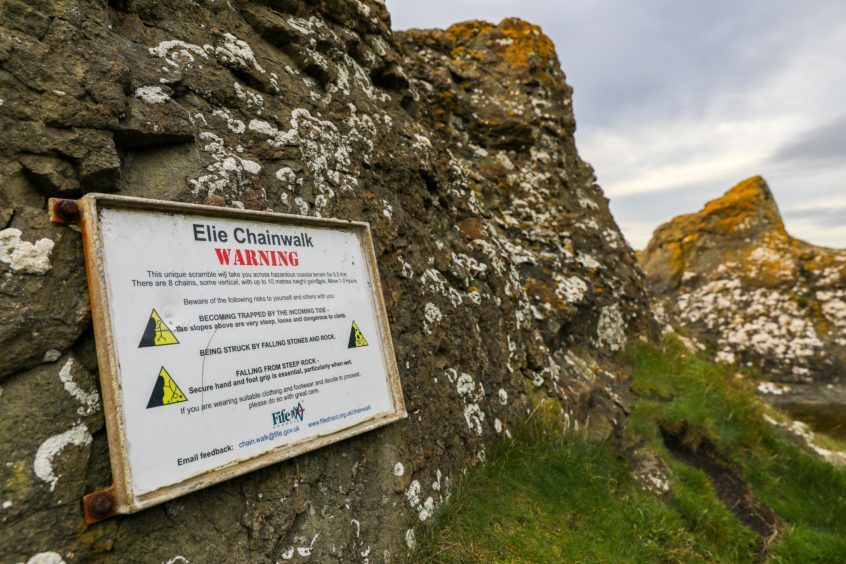
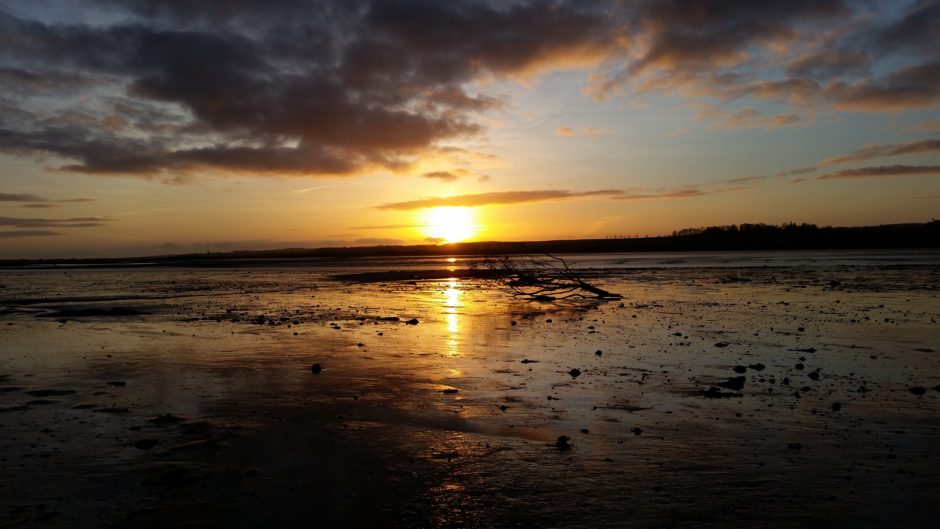
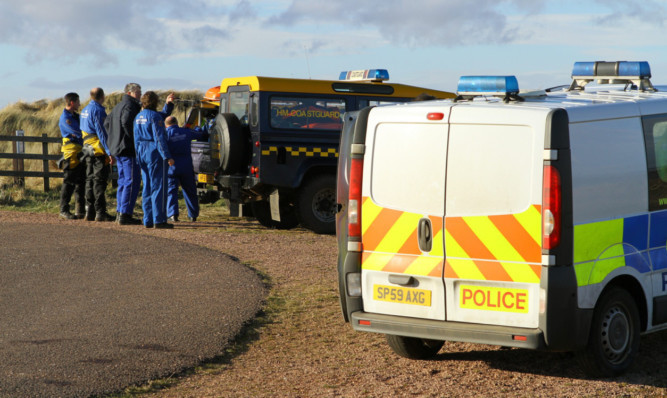
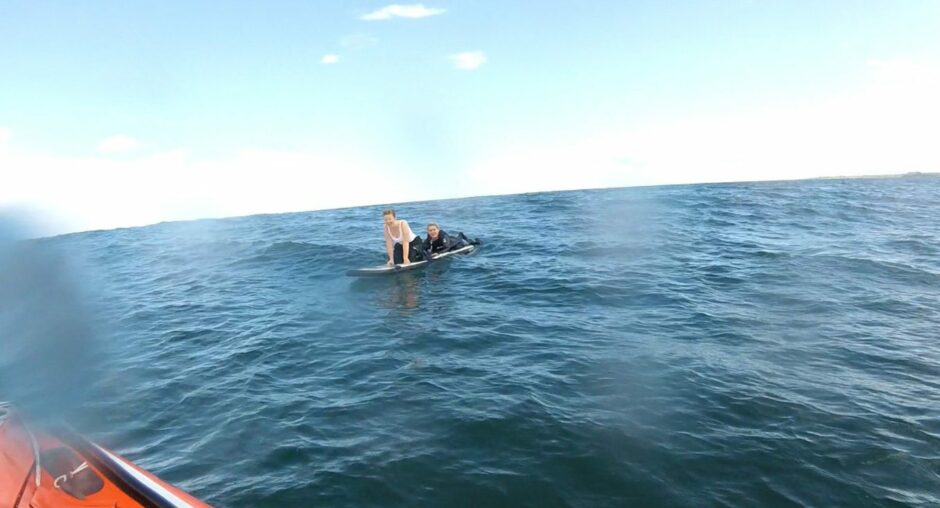
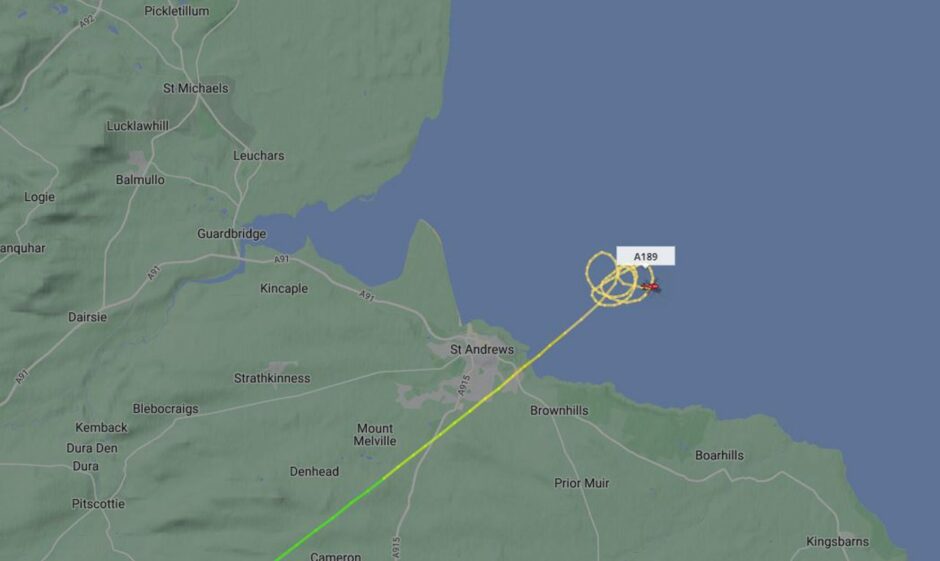
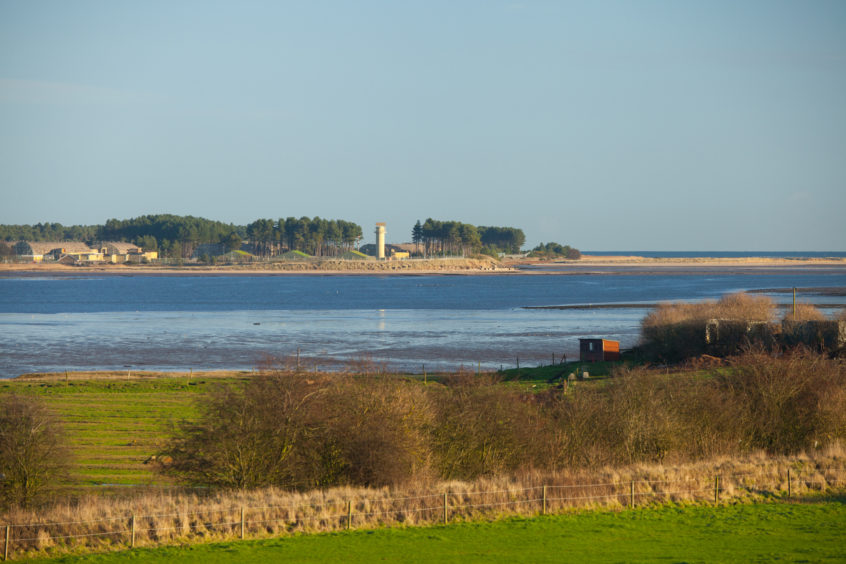
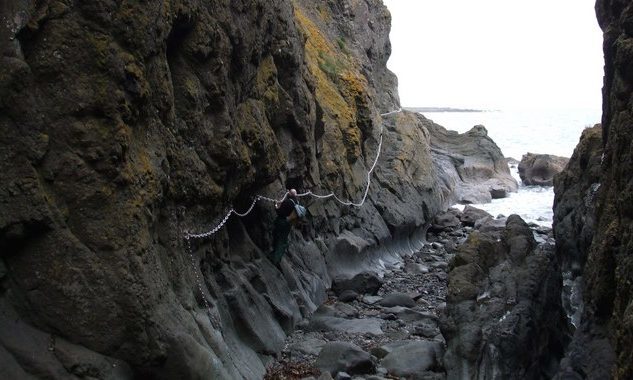
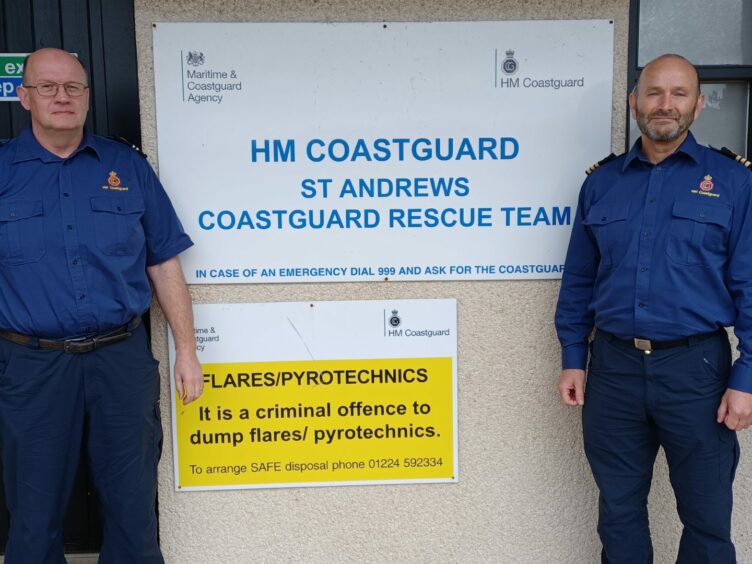


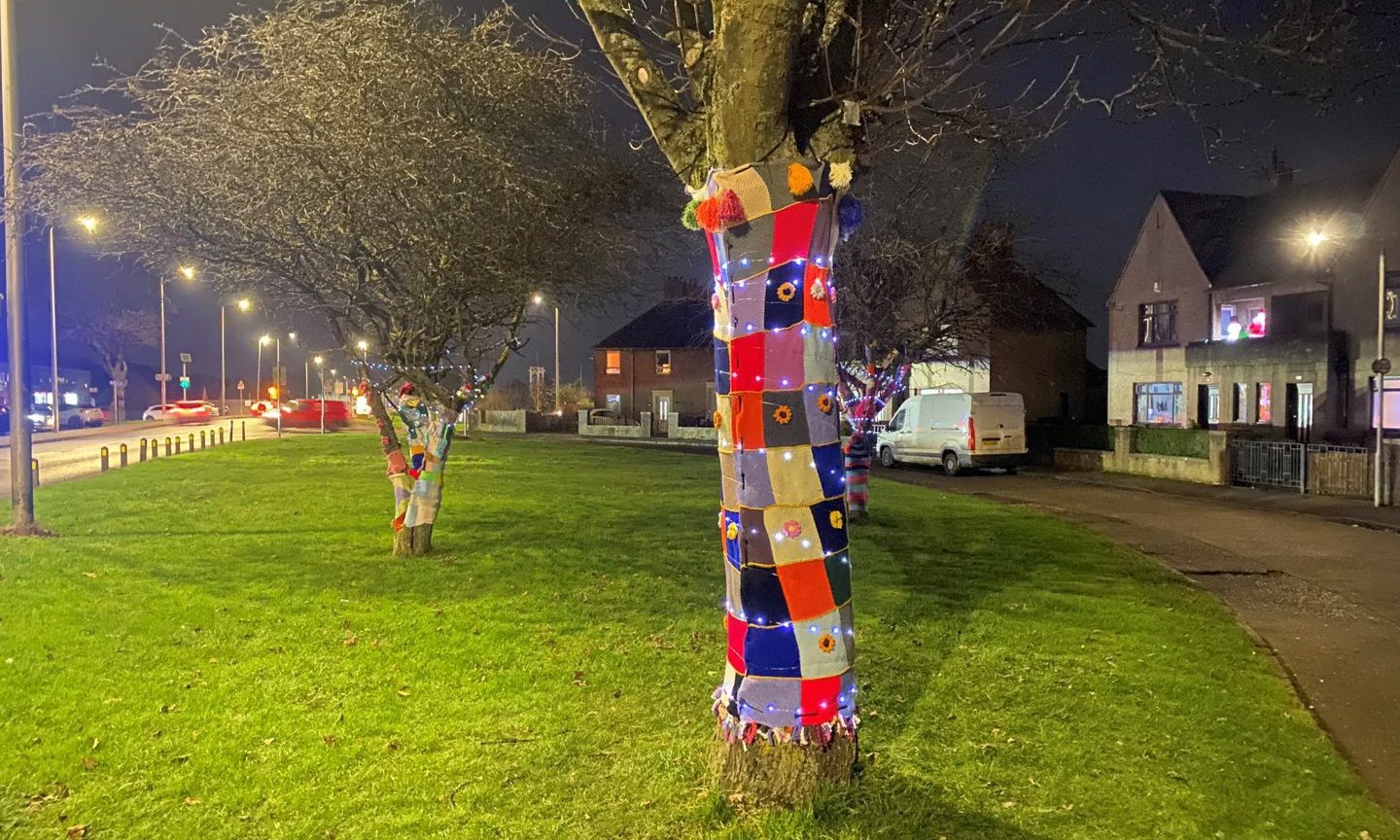


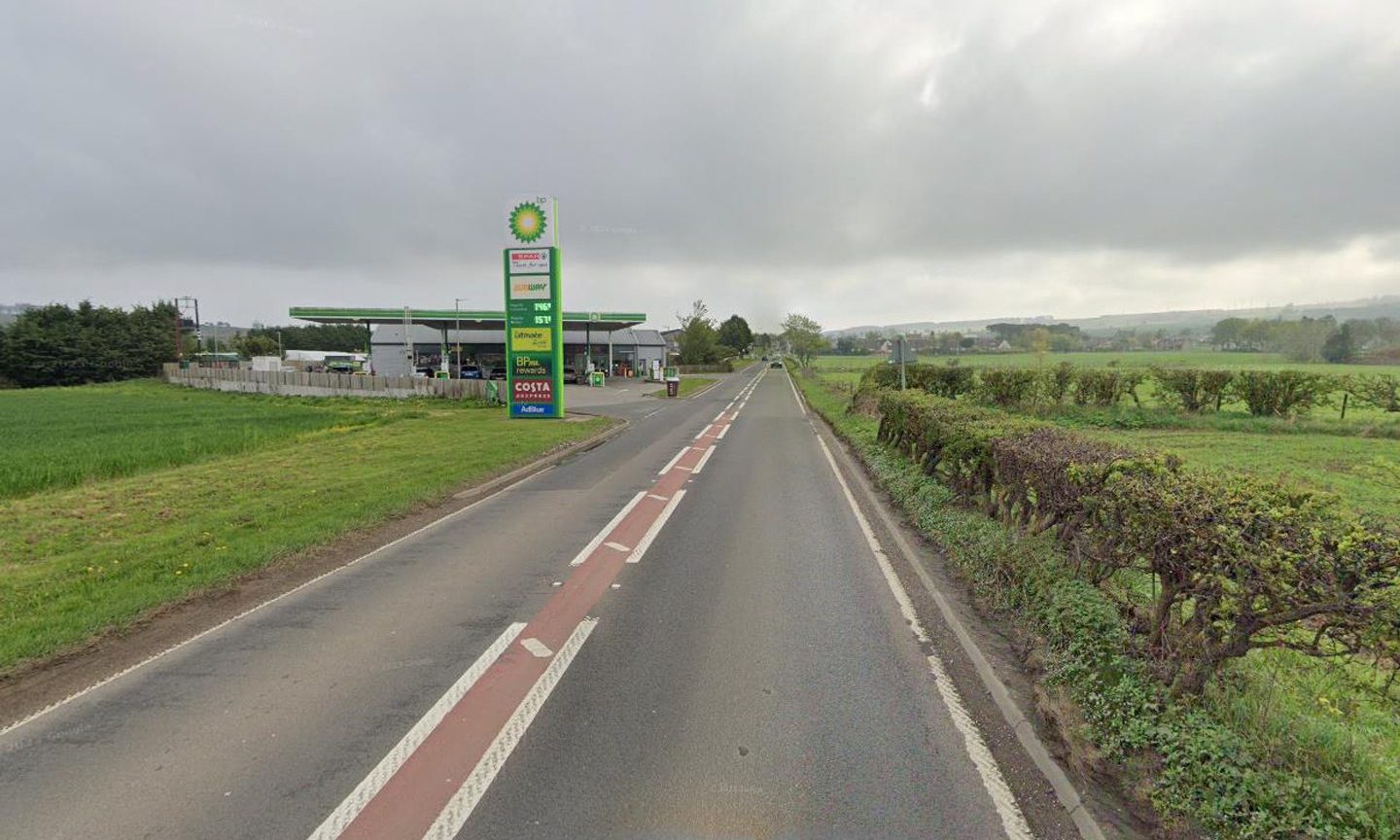




Conversation